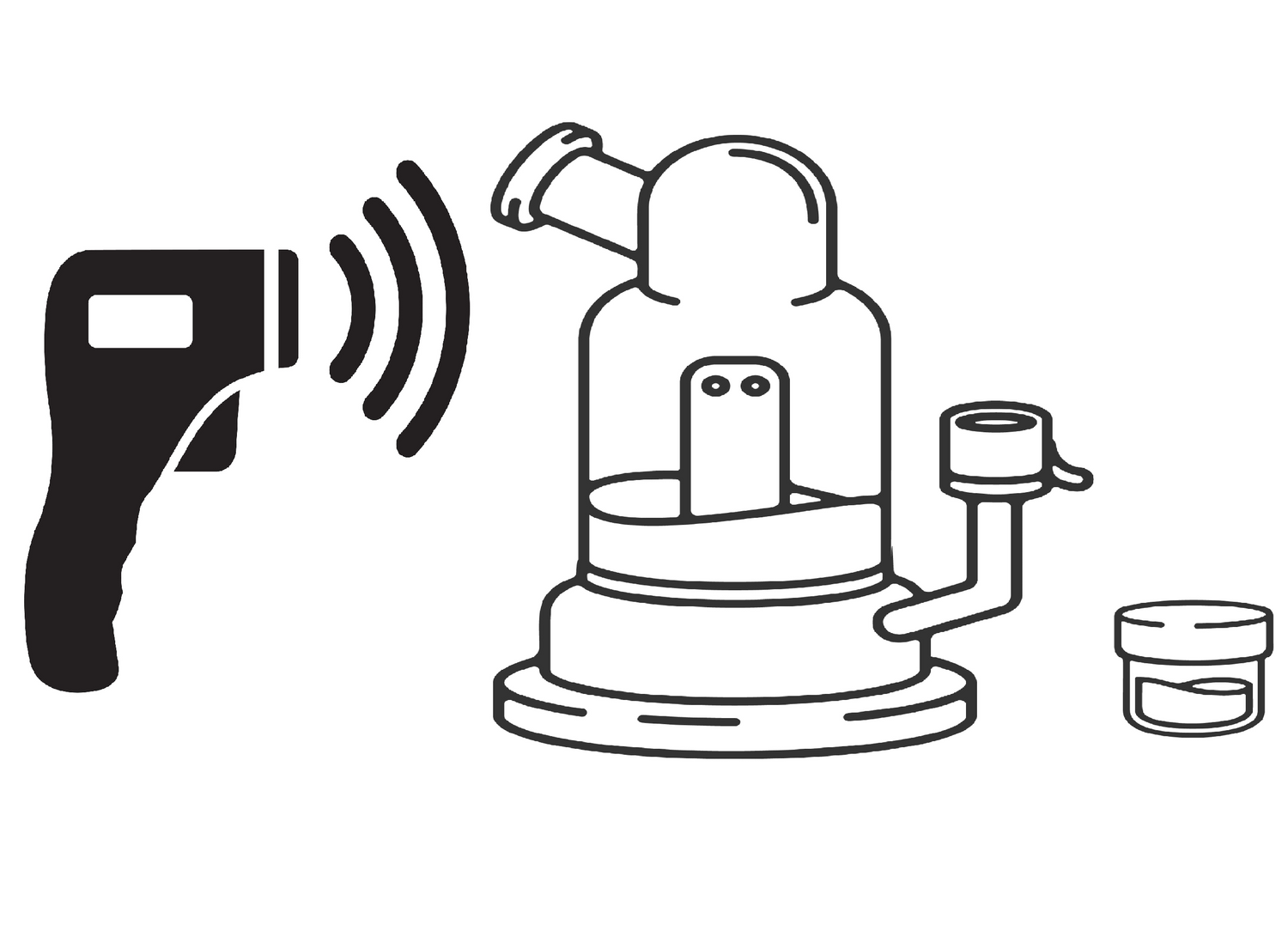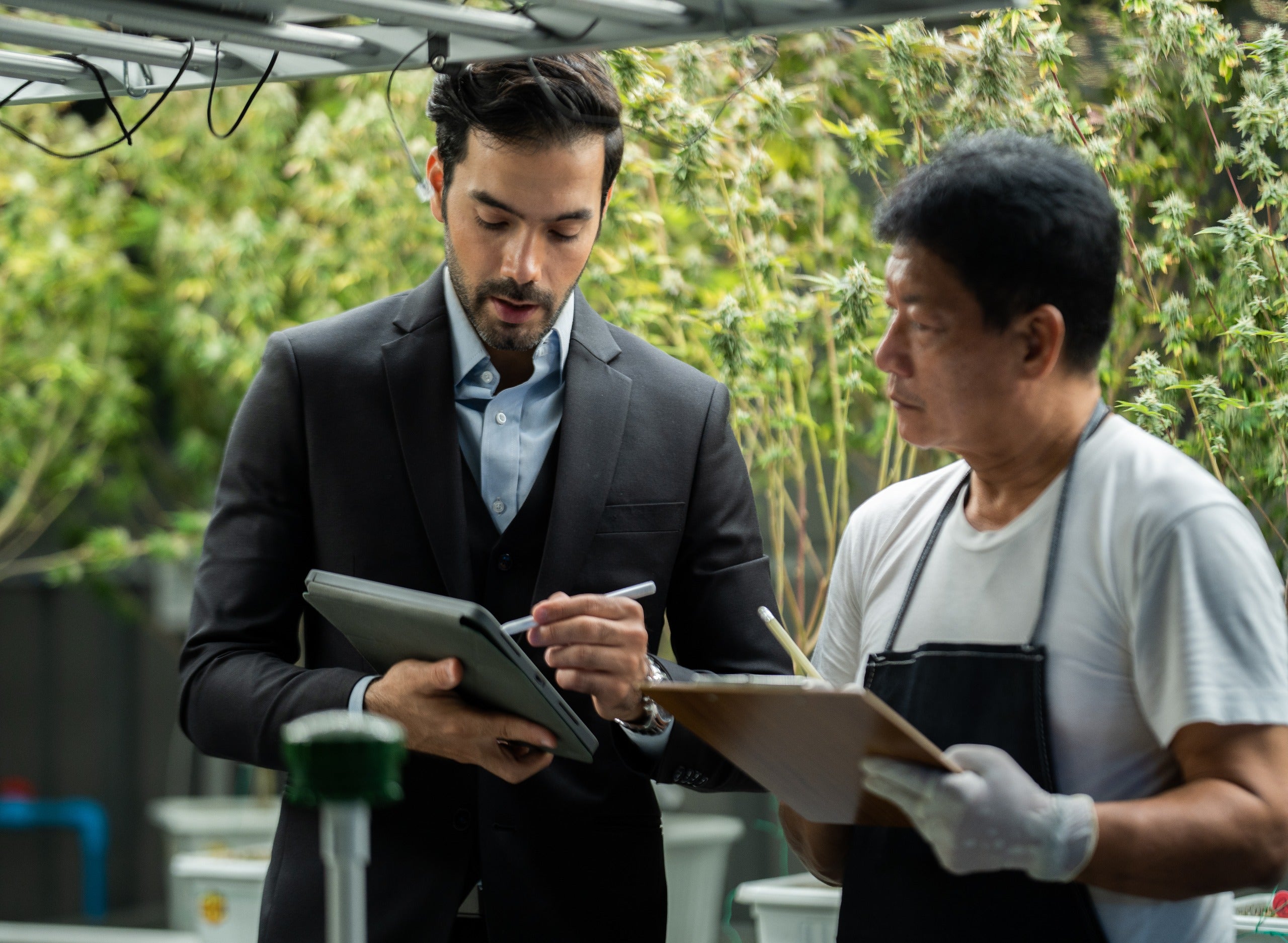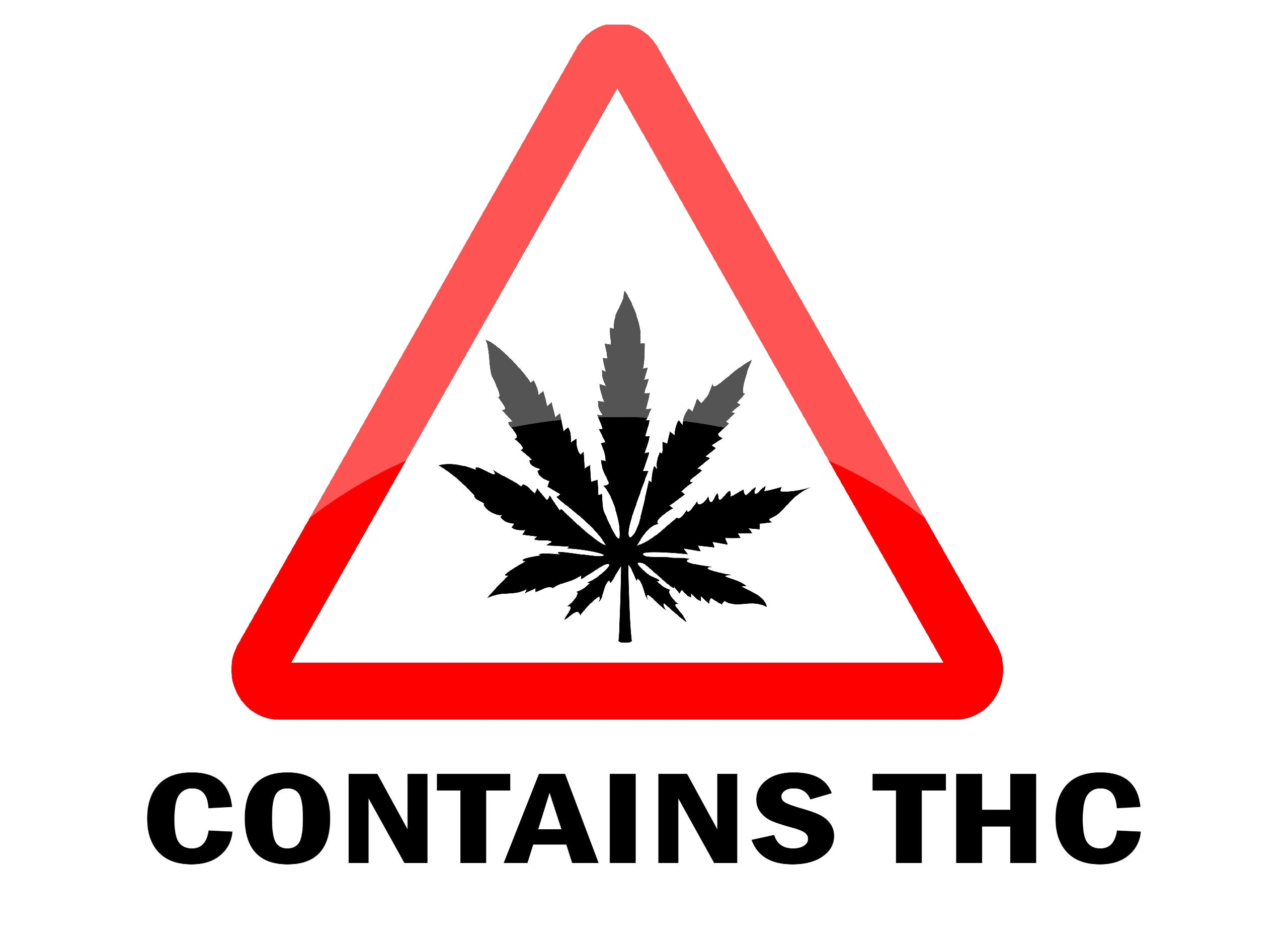As more people embrace the world of dabbing, the conversation around the perfect dab temperature is heating up. Temperature is crucial for dabbing. It can significantly affect the dab’s flavor, intensity, and overall experience. For this reason, finding the perfect dab temperature is essential. Our guide explores the best temperature for dabs to help enhance your dabbing experience.
Understanding the Importance of Dab Temperatures
As any seasoned dabber knows, getting your banger nail to the perfect dab temperature is pivotal. Not too hot, not too cold, but just right. Achieving the best temperature enhances the flavor and efficacy of your dab. Too hot, and you could burn off the essential flavors and compounds. If it’s too cold, you might not effectively vaporize your concentrates, leaving behind a sticky, underwhelming mess.
Low-Temp Dabs
Low-temp dabbing, typically anywhere between 315-450°F, is lauded for its flavor-preserving properties. This is the best temperature for dabs if you’re a flavor chaser, as it allows for the extraction of a wide range of terpenes. Lower temperatures also result in smoother, less harsh hits, benefiting novices and those sensitive to stronger hits. Using carb caps is essential at this temperature range to trap the heat and ensure thorough vaporization of your concentrates.
High-Temp Dabs
On the opposite end of the spectrum, high-temp dabbing (around 600-900°F) is known for its intense, robust hits. The high heat quickly vaporizes the concentrate, providing a strong, instantaneous effect. However, the nuanced flavors can be lost at these higher temperatures, sometimes leading to a less savory experience. Using a dab torch efficiently and understanding its heat range can be beneficial when aiming for high-temp dabs.
The In-Between: Ideal Dab Temperature
For those seeking a balance between flavor and potency, the in-between range, usually 450-600°F, is often considered the ideal dab temperature. This range provides a harmonious blend of terpene-rich flavors and potent effects, making it an attractive option for many dabbers. It’s the best temperature to dab diamonds, a type of concentrate renowned for its high THC content and crystalline structure.
Tools of the Trade
Successful dabbing requires more than just understanding temperatures; it also requires the right tools. For instance, dab rigs are pivotal. Quite frankly, glass dab rigs are the most popular type due to their ability to preserve flavor and provide a smooth hit. In addition, dabber tools are essential for handling and portioning your concentrates.
For those seeking precision, a dab thermometer is an invaluable tool. This device provides accurate temperature readings, helping you fine-tune your dabbing experience. It’s especially helpful when exploring different types of concentrates, as each may have a slightly different optimal temperature range.
Finally, reclaim—a byproduct of dabbing—can also influence your dabbing experience. It builds up over time and can affect the taste and efficiency of your dabs. Regularly cleaning your glass dab rig and dabbing tools will ensure you always get the best from your concentrates.
The Bottom Line
Dabbing is more than just a method of consumption—it’s an art form. And like any art form, mastering it takes practice, patience, and a deep understanding of your materials and tools. The best temperature for dabs ultimately depends on your personal preferences. Whether you’re a fan of low-temp or high-temp, or prefer the middle ground, identifying your perfect dab temperature can elevate your dabbing experience. So grab your dab rig, dab torches, dabber tools, and carb cap, and let the exploration begin.














Leave a comment
All comments are moderated before being published.
This site is protected by reCAPTCHA and the Google Privacy Policy and Terms of Service apply.